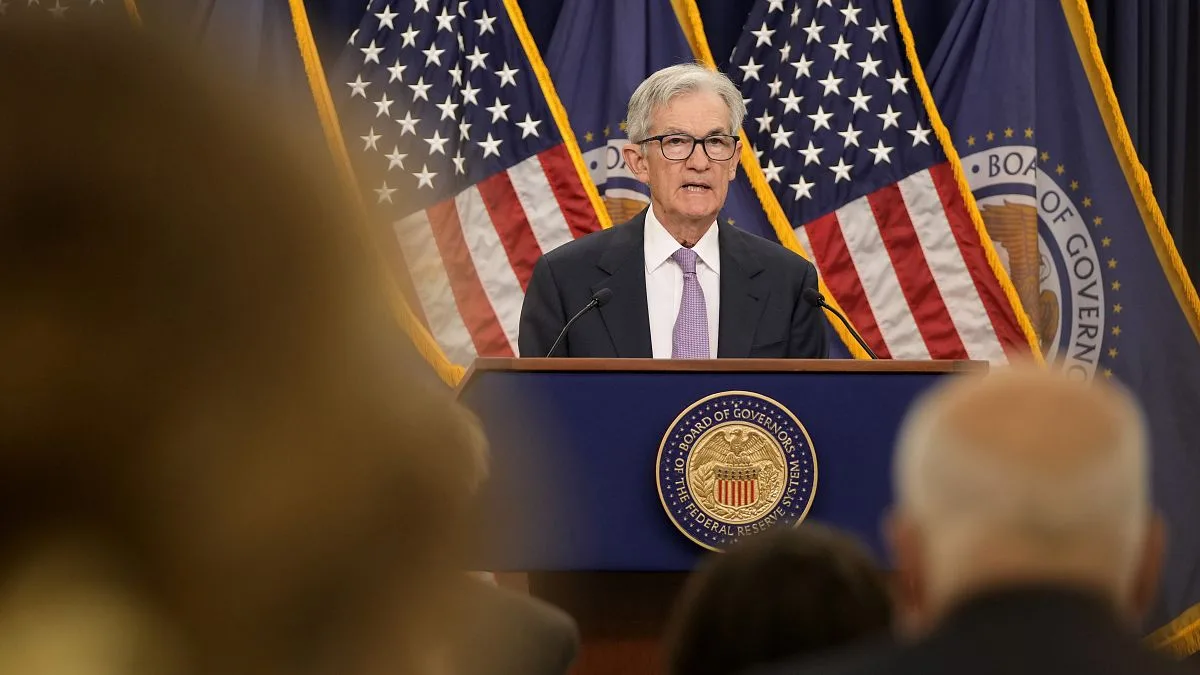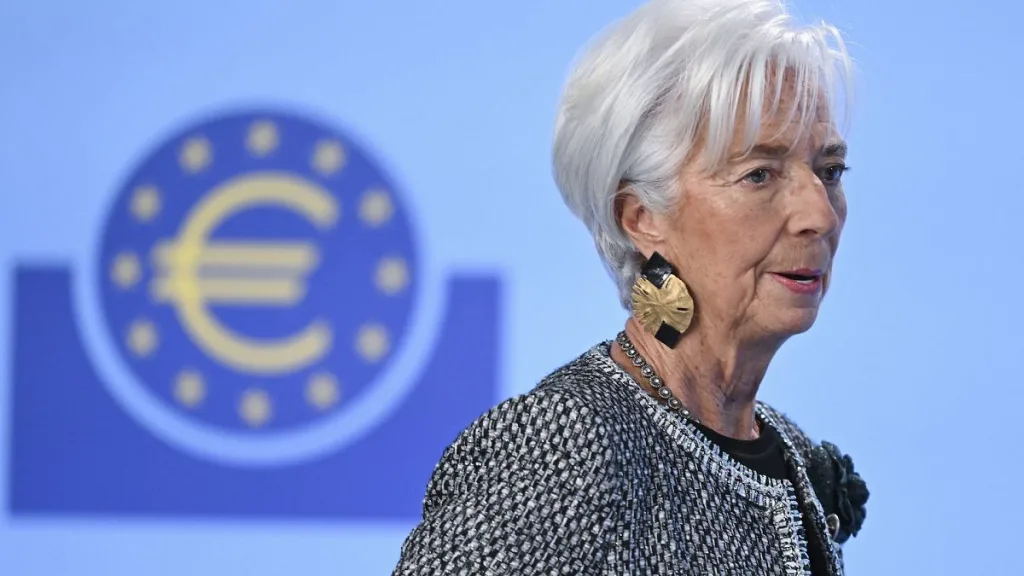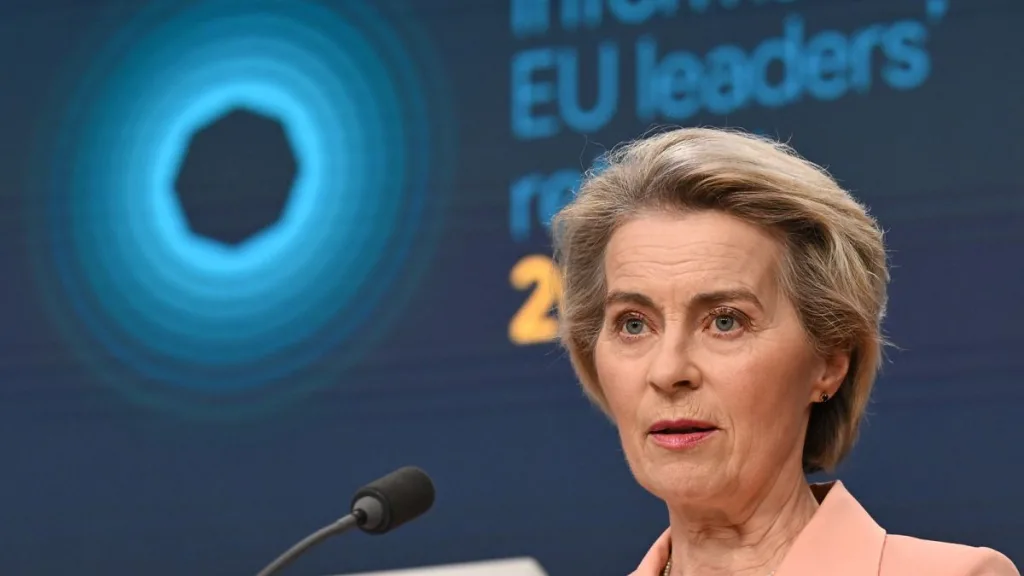The US Federal Reserve has implemented a 0.25% reduction in interest rates, aligning with market expectations. As speculation mounts regarding a possible additional cut in December, concerns are rising about fiscal implications and inflation during a Trump presidency.
On Thursday, the US Federal Reserve lowered its benchmark interest rate by 0.25 percentage points, adjusting the federal funds rate to a range between 4.5% and 4.75%. This marks the lowest level since February 2023.
This recent quarter-point reduction follows a more significant 0.5% cut in September, signaling a cautious approach by the Fed as it evaluates current economic conditions and inflation trends.
In a recent press conference, Fed Chair Jerome Powell remarked, “This further recalibration of our policy stance will help maintain the strength of the economy and the labor market, while supporting continued progress on inflation as we strive toward a more neutral stance over time.” He also noted, “Even with today’s cut, the policy remains restrictive.”
Solid Economic Growth Amid Weak Job Data
The Fed’s statement for November highlighted that the US economy is expanding at a “solid pace,” with a GDP growth rate of 2.8% for the third quarter.
“Consumer spending growth has remained robust,” Powell commented. However, he pointed out that easing inflation remains “somewhat elevated,” with core Personal Consumption Expenditure (PCE) inflation—a key index for the Fed—staying at 2.7% year-on-year, which exceeds the Fed’s target.
Despite recent disruptions from worker strikes and natural disasters, labor market conditions continue to be favorable. Powell indicated that the weak October job creation figures would have benefited from a more stable environment.
In October, nonfarm payrolls saw a rise of just 12,000, significantly below the anticipated 115,000 and markedly down from the prior month’s increase of 223,000.
Data-Driven Policies and Future Projections
The Federal Reserve reiterated its dedication to a data-dependent strategy, advising that there is no predetermined trajectory for future rate changes. The central bank also announced it would maintain its balance sheet reduction plan, pointing towards a consistent methodology in quantitative tightening.
By opting not to reinvest proceeds from maturing bonds, the Fed is gradually curbing the money supply in circulation.
Looking towards the future, market analysts estimate a 66% likelihood of an additional 25-basis-point cut during the Fed’s final meeting of the year on December 18, as per CME FedWatch data.
However, the recent presidential election results, where Donald Trump won the presidency and Republicans are expected to gain control of Congress, have led investors to rethink the prospects of further rate reductions.
Powell Addresses Trump Administration Policies and Treasury Yields
When questioned about potential shifts in economic policy under Trump, Powell clarified that the Fed does not engage in speculation regarding the effects of governmental policies or congressional actions. He asserted, “In the near term, the election will have no effect on policy.”
Powel played down concerns over rising US Treasury yields, attributing this increase more to improved growth prospects than to heightened inflation expectations. He stated clearly, “We’re not at the stage where bond rates need to be taken into policy consideration.”
With approximately six weeks remaining for economic evaluation before the December decision, Powell handled inquiries related to his potential resignation if Trump were to make such a request, firmly stating, “No.” In response to whether the president has the authority to fire him, he asserted that such an action is “not permitted under the law.”
Photo credit & article inspired by: Euronews



